One obscure and additional benefit to having a mixed heritage or being a third-culture-kid (TCK) is your ability to navigate the world’s cuisines. I haven’t found it very difficult to acclimatise to the food here in Turkey, as a lot of it is similar to what we have on the halal scene in Melbourne. I’ve also learned to love Malaysian cuisine as well! My exposure to Malaysian cuisine was thanks to multiple visits ‘back home’. That exposure increased exponentially once I married a Malaysian too. You may not consider it so important, but your cultural background can help with the shock factor when seeing new and odd foods. Because well, it might not be new to you. Your definition of ‘odd’ has probably grown simply because of your heritage or travel experience.
In this post, I’d like to talk about some of the unique cultural associations people attach to food. Sometimes what might seem normal to some might be weird or uncomfortable for others. In certain contexts, the rules are set in stone. You cannot change how people eat or enjoy their food. In another situation, things can be a bit more flexible.
To know the food of a place, is to be in touch with its culture. And to be in touch with the culture of a place, is to be in touch with its people. Here are some experiences I have noticed in my journey, maybe you’ve also encountered them. If you haven’t, here’s your heads up for if and when the situation ever arises.
Food has rules, what?!
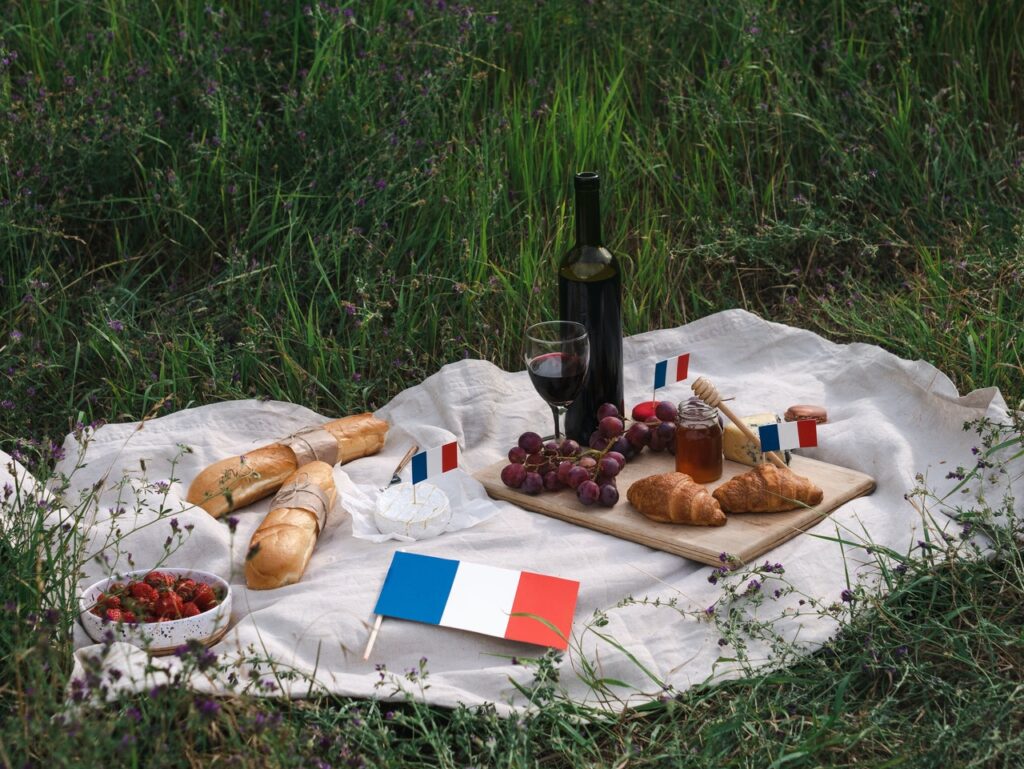
Who would believe it? Food has rules! Certain cultures associate ideas and values with their cuisines. Often times they can be rigid. Other times ‘the rules of eating’ are just a culture’s interpretation of ‘the best way’ to enjoy their cuisine. Don’t think it’s just grandmas and food critics who have strong opinions about food. It happens on the internet all the time too! Just look at any discussion about which goes in first; the cereal or the milk? Things get heated fast. Don’t even get me started on if pineapple belongs on a pizza either. (It does by the way; it’s been nice knowing you!)
Some food is meant to be mixed, while it’s taboo to eat other dishes together. A really common one I’ve seen is sauce. Some countries, for example, have very strict rules about what is supposed to be eaten with tomato sauce. In Malaysia though, for example, if you want chilli sauce with something you can almost always get it.

In other situations, certain food is only meant to be eaten at certain times. Terms like ‘breakfast foods’ or even ‘breakfast coffees’ come to mind. Someone once told me in Italy you’re not allowed to order a cappuccino in the afternoon. I never verified that statement, but a self-endorsed coffee fanatic I decided I would no longer order anything but an espresso in the afternoon. But it was too hard to resist, I cracked after about 2 weeks and went back to my normal drinking habits.
Conversely, in Turkey, there seems to be a bit of leniency with their famous breakfast platters. You can still order them well into the afternoon at certain restaurants, who would blame you though? A Turkish breakfast platter is amazing!
In pursuit of the ‘right way’ to eat food
This is where the conversation on ‘the right way’ to eat something begins. I am generally a bit of a descriptivist when it comes to things like this. If mixing fish and red meat together make you happy, then go for it. Put sauce on it too, I don’t care! However, I also feel that a lot of people who are up in arms about ‘foreigners’ or the ‘youth’ mixing and ruining their food have some good points.
As I said before, food is integral to culture and identity, and I would highly recommend getting out of your comfort zone and trying some new foods on your next overseas trip. If you’d like some other tourist ideas for when you plan to travel next, follow my link here.
If food is so integral to one’s culture, we can see why certain people are so keen to preserve it. Deviating away from traditional recipes might also equate to the erosion of their culture. After all, with dishes like ‘Spaghetti Bolognese’, ‘Mongolian Beef’, and ‘Butter Chicken’ it’s easy to see how people can get confused about what is true, authentic cultural food.
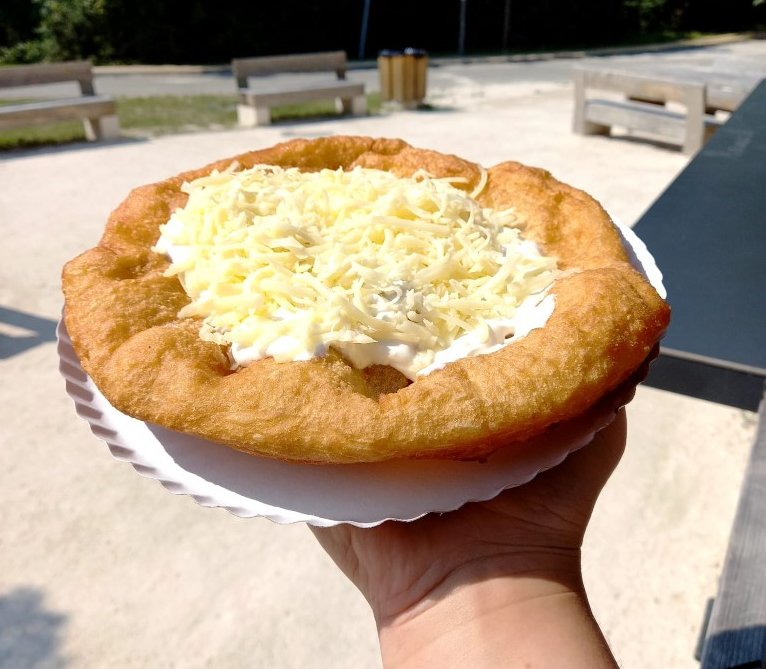
The ‘How to’s’ of cultural cuisine
So not only are there rules for what to eat, but there’s also rules on how to eat. As we said above, there may not be one right way to eat food. However, there is usually a way that has been proven, by countless generations of civilisation before you, to provide you with the best eating experience. I’ve noticed this in Malaysian cuisine a lot. In a lot of circumstances, put whatever you want on a plate, and things will be just fine. However since many Malaysians like to serve a ‘dry dish’ and ‘cold dish’, or a noodle dish and a rice dish, there are still some subtle rules can combinations you need to be wary of.
I’ve been at cultural events where there will be an entree with it’s own dipping sauce, a broth that is supposed to go with the rice (and not the entree!), as well as a broth that is supposed to go with the noodles. If you took my advice before about just mixing everything, you would have a gastronomical bad time. It might also single you out as someone who doesn’t really know much about the culture. So when there’s multiple choices on table, what is one to do? Raise your hand and ask an expert, someone familiar with the cuisine. It’ll ensure a better dining experience for you but also means you will get to learn about someone else’s culture and they can explain it in their own words.
When even rice can be confusing
Another confusing anecdote in my food journeys has been rice; I wouldn’t have thought so either! It’s a “staple food” right? There’s not much else to it right? Well, there can be. In most parts of Asia, it’s acceptable to just cook white rice in water, let’s not get into the confusion rice cookers can present the uninitiated. In some cuisines, the rice is the base, and you put all the lovely, flavourful goods on top.
It wasn’t until I took some friends to eat at a Thai restaurant that I realised this wasn’t how everyone did things. I always thought you could never go wrong with plain old white rice. But in certain cultures, rice is a big deal! You cook it with oils, meat, spices and all kinds of things. And if you grew up like this, a bowl of white rice might seem a little… boring.
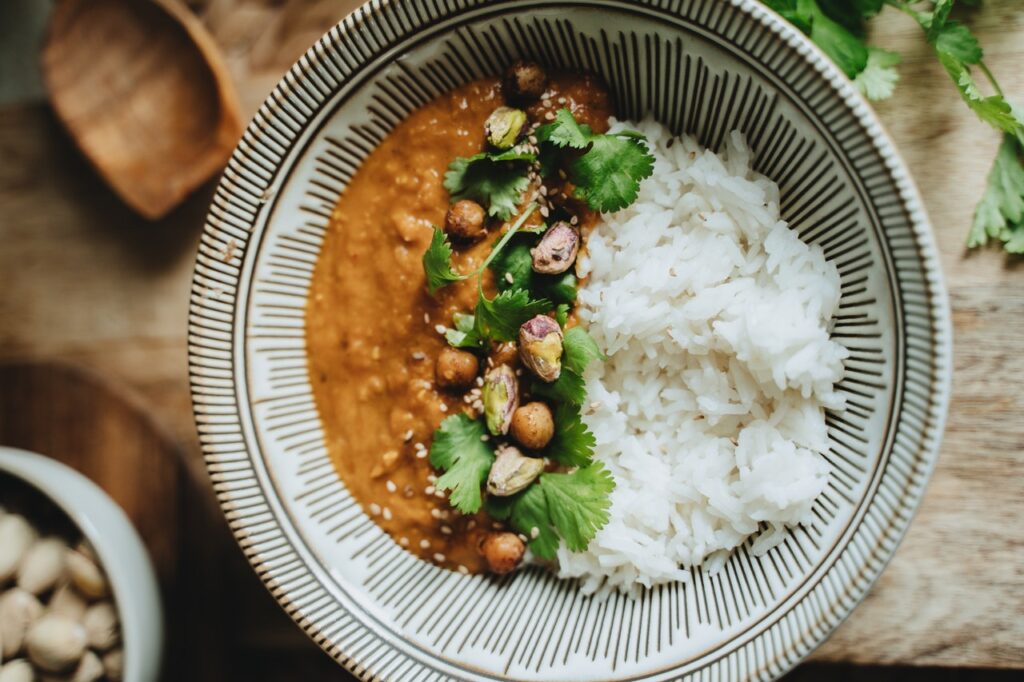
Some food is meant to be appreciated alone
Have you ever just sat down to a nice loaf of bread and enjoyed it for what it is? Warm, freshly baked, just the right texture, made from the freshest local produce, expertly crafted by someone who’s trained their whole life just to make this one thing. If you can’t relate, that’s ok. From my travels, it seems like there’s a lot of people who don’t get it either.
Steak, and meats in general, are another such food. An entire culture has sprung up around the right way to cook and enjoy a slice of meat. Words like smokey, meaty, and gamy might be words in a steak aficionado’s vocab list; but can mean close to nothing to those outside the steak circle. Different people do different things, with different cuts of meat. What someone defines as enough spice, might be considered a flavour overload. While salt and grill might seem too simple, almost inadequate, for others.
There are different ways to enjoy food. There is a sort of pure enjoyment I get from eating food with only a few ingredients. Certain flavours come to centre stage, the more subtle layers are brought into the light, and concepts like seasonality and freshness become really important. The reverse is true too. There are food cultures out there that mix salty, sweet, sour, and spicy all together, and that’s the norm! Certain cuisines invite your tastebuds on an express gastronomical tour, with only a limited time to see (taste) every sight.
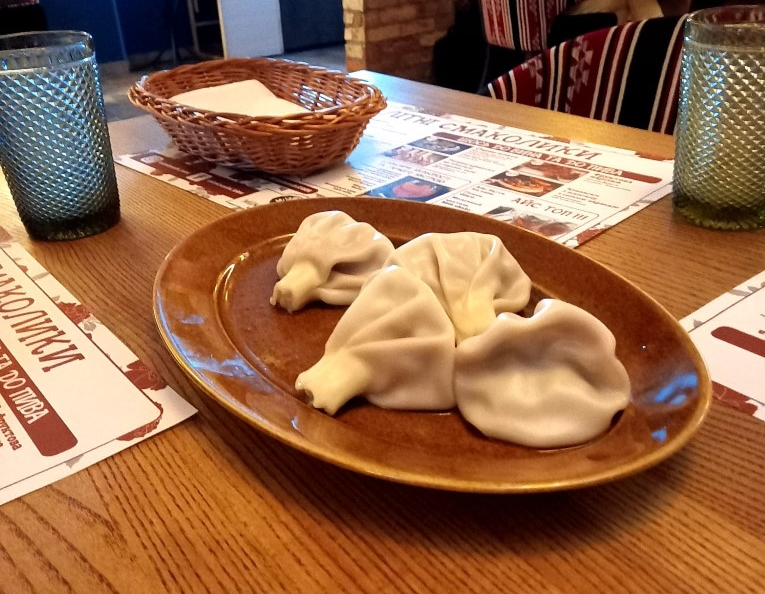
For more of my own travel stories and photos, don’t forget to follow me on Instagram.
I’ve become used to the fact that not everyone interprets and enjoys taste in the same way. When travelling and more importantly when migrating, since the acclimatisation process is a bit more important then, you might benefit from viewing things in this perspective. How you valued ‘good-cooking’ might be different to how others value the same thing. Take it as an opportunity to explore pluralism in taste and gastronomy, be open-minded, and you might even find some recipes to share with your expat friends.
The dry food vs wet food culture dichotomy
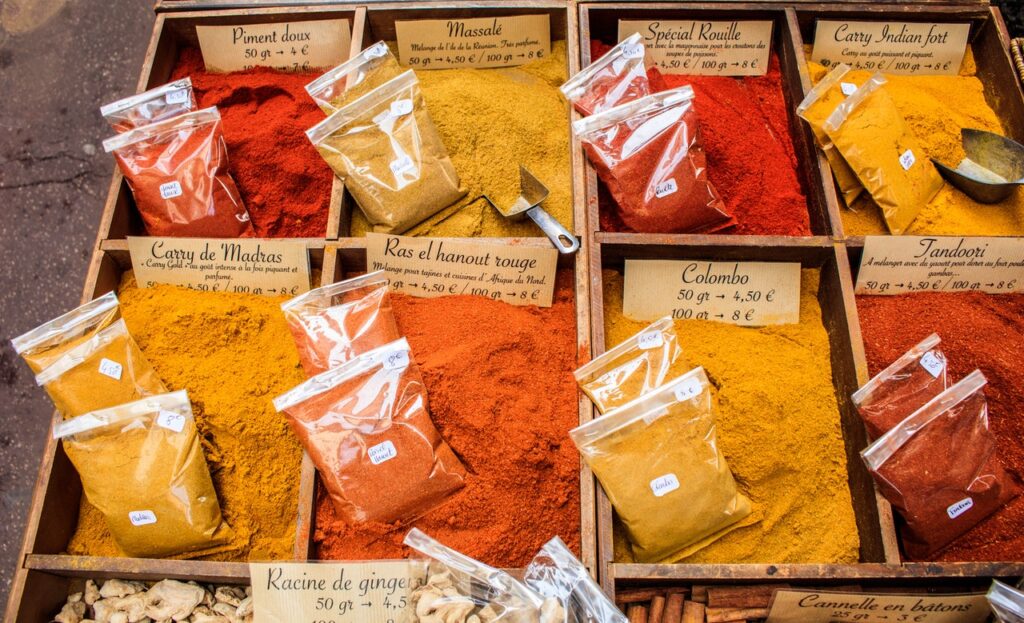
If the question, ‘how many ingredients is too much? 3 or 30?’, could spark an international foodie debate. What about the issue of wet vs dry food? Perhaps my experiences are similar to any other TCK or person with mixed heritage. I remember back to those golden years where you go “back home” and are finally old enough to realise that things are different; including the way people eat. I realised everyone loved sauces, broths, stews, and curries. Whatever you want to call them many people like to eat ‘wet’ foods, oftentimes with their hands. I can do without cutlery, but not for anything that’s wetter than a digestive cookie.
Certain cultures prefer their foods a bit oily, saucy, or all mixed up, while others would rather keep things tidy. I used to be like that, enjoying my foods of all different textures on different plates. However, with each trip I made back to Malaysia, and ultimately after marrying a Malaysian, that earlier manifestation of my culinary self has pretty much disappeared.
I believe you could align most countries in the world along a sort of ‘wet vs dry’ dichotomy. In most cases, cultures and cuisines fall somewhere in the middle. But there are certain dishes that must be dry in cultural contexts, and others that must have sauce or broth. I completely understand the culture shock you’d experience if you’re moving from a ‘dry food’ culture to a ‘wet food’ one. However, I’ve heard my Malaysian friends lamenting the lack of sauce and broth in certain world cuisines too. So it seems like culture shock goes both ways.

To know the food of a place, is to be in touch with its culture. And to be in touch with the culture of a place, is to be in touch with its people.
Get out there and eat something different!
Food is a gateway to experiencing and enjoying the culture of another country. I’m so glad to have grown up in a place and with heritage ties that mean I’ve been exposed to multiple cuisines over time. There’s nothing I like more than exploring different foods and trying new cuisines. In your travels, make sure not to just go find familiar chain restaurants. Find out what the national dishes are and go try some. Eating is, in most cases, a community experience and from there we can learn more about who makes up these communities.
If Baklava is something you’ve always wanted to try, but you’ve never been sure about the ‘right way’ to eat it, fear not! I have written a really comprehensive article that you might enjoy!
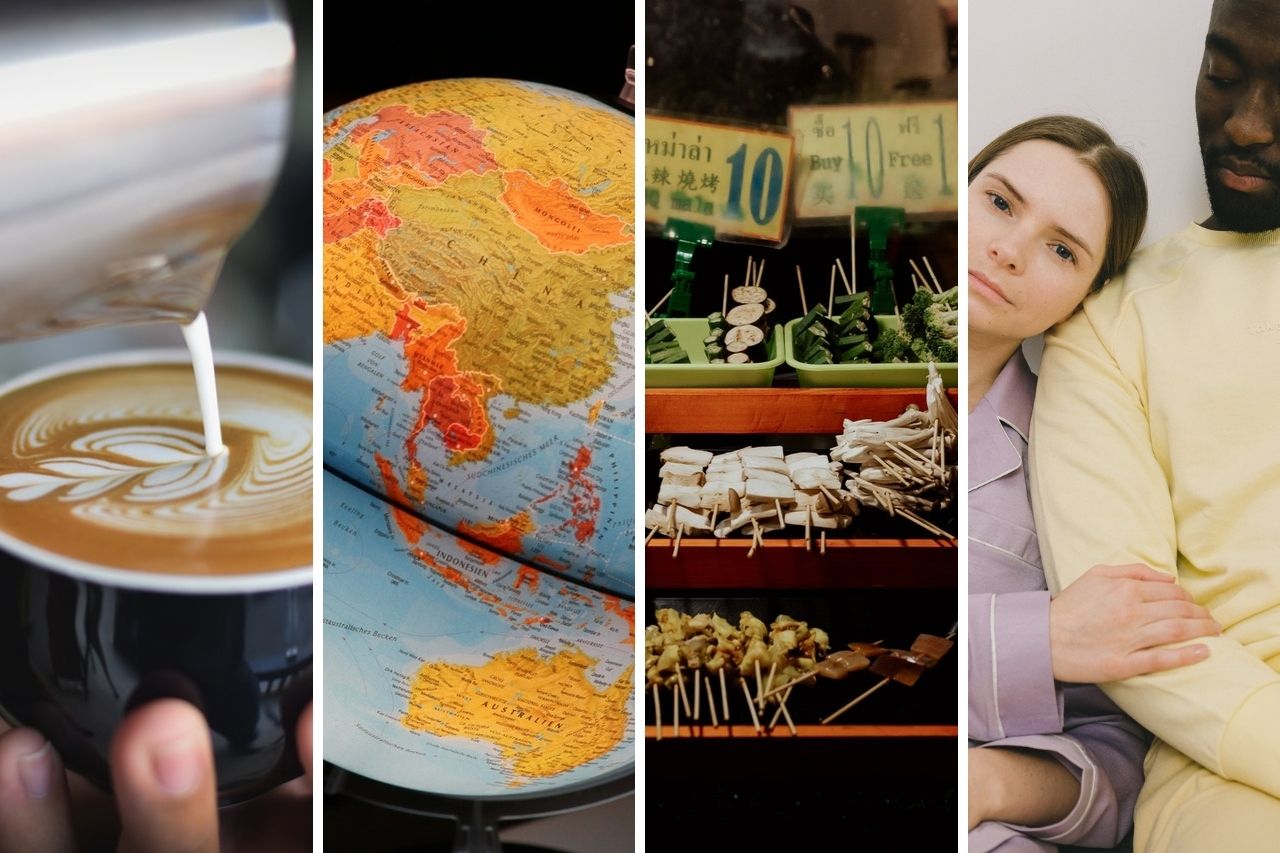




1 COMMENTS
Comments are closed.